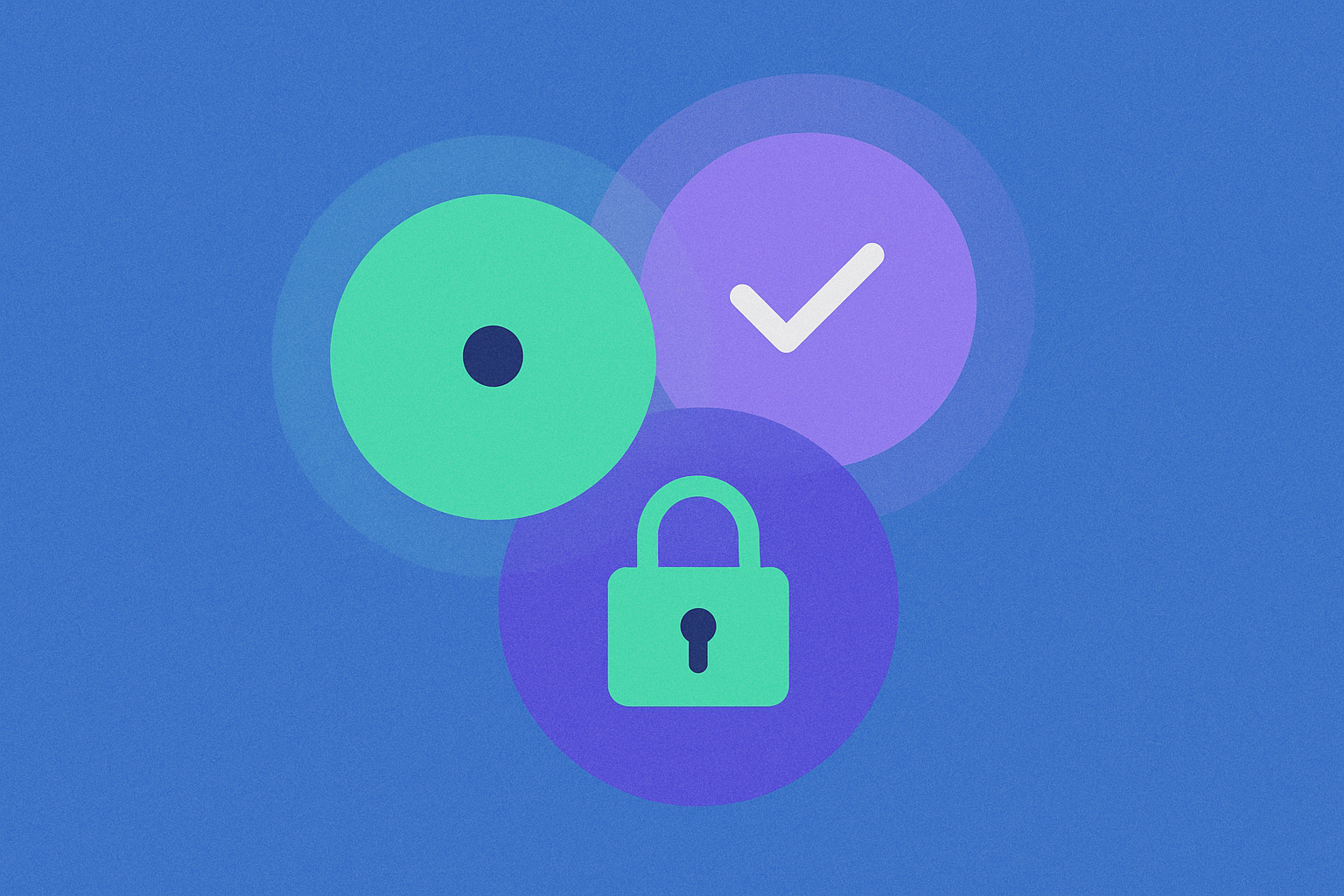zk snark

ZK-SNARK (Zero-Knowledge Succinct Non-Interactive Argument of Knowledge) is a significant technology in cryptography that allows one party (the prover) to prove to another party (the verifier) that a statement is true without revealing any information beyond the validity of the statement itself. Within blockchain and cryptocurrency ecosystems, ZK-SNARKs have become a key technology for protecting transaction privacy, improving scalability, and enabling off-chain computation verification. Through mathematical principles, this technology makes complex verification processes succinct and efficient while maintaining zero-knowledge properties, offering an innovative solution to balance privacy and transparency in blockchain technology.
Background: Origin of ZK-SNARK
The conceptual foundations of ZK-SNARK technology can be traced back to the 1980s when zero-knowledge proofs were first introduced as a theoretical concept by cryptographers Shafi Goldwasser, Silvio Micali, and Charles Rackoff. However, ZK-SNARK as a specific implementation was developed in 2012 by a group of researchers including Alessandro Chiesa, Eran Tromer, Eli Ben-Sasson, and others.
The development of this technology progressed through several key phases:
- Early Research Phase: The journey from theoretical zero-knowledge proofs to practical implementations spanned nearly 30 years
- Technical Breakthrough Period: Between 2012-2014, researchers developed the first viable ZK-SNARK constructions
- Blockchain Application Period: In 2016, Zcash became the first mainstream project to implement ZK-SNARKs in blockchain for fully anonymous transactions
- Optimization and Expansion Period: From 2018 to present, researchers have continuously improved ZK-SNARK performance, reduced trusted setup requirements, and expanded application scenarios
The development and application of ZK-SNARK technology have significantly advanced blockchain privacy protection technologies, creating new possibilities for privacy coins, scalability solutions, and smart contract verification.
Work Mechanism: How ZK-SNARK Works
The working principle of ZK-SNARK is based on complex cryptography and mathematical foundations, with its core mechanism broken down into several key steps:
- Computational Problem Conversion: Converting the statement to be proven into an algebraic circuit representation
- Problem Polynomialization: Transforming the algebraic circuit into a polynomial constraint system (typically a Quadratic Arithmetic Program or QAP)
- Trusted Setup (CRS Generation): Generating a common reference string that serves as the base parameters for proving and verification
- Proof Generation: The prover uses private inputs and the common reference string to generate a succinct proof
- Proof Verification: The verifier checks specific mathematical relationships between the proof and public inputs to verify the proof's validity
ZK-SNARK has three core properties:
- Zero-Knowledge: Verifiers cannot extract any additional information from the proof beyond the truth of the statement
- Succinctness: The generated proof is very small, typically only a few hundred bytes, and verification is extremely fast
- Non-interactivity: After the prover generates a proof, no additional interaction with the verifier is needed to complete verification
In practical blockchain applications, ZK-SNARKs are typically used to verify the correctness of complex computations while protecting sensitive information such as transaction details, user identities, or smart contract states.
Risks and Challenges of ZK-SNARK
Despite its power, ZK-SNARK technology faces multiple challenges and risks:
-
Trusted Setup Risks
- Requires trusted third parties or multi-party computation to generate initial parameters
- If the parameter generation process is compromised, it could lead to risks of forged proofs
- If randomness materials from parameter generation are not completely destroyed, they could be exploited by malicious actors
-
Technical Complexity
- High implementation threshold, difficulty in code auditing, increased risk of potential vulnerabilities
- Requires extensive cryptographic expertise from developers
- Users find it difficult to understand and verify the underlying security mechanisms
-
Computational Resource Requirements
- Proof generation process is computationally intensive with high resource demands
- Limited application in mobile devices or resource-constrained environments
- Potential performance bottlenecks in large-scale application scenarios
-
Quantum Computing Threats
- ZK-SNARK implementations based on discrete logarithm problems face potential threats from quantum computing
- Need to develop post-quantum secure zero-knowledge proof schemes
-
Regulatory Challenges
- Completely private transactions may conflict with anti-money laundering and Know Your Customer regulatory requirements
- Different jurisdictions have varying attitudes toward encryption privacy technologies, potentially limiting application scope
Efforts to address these challenges have produced alternatives such as ZK-STARKs (requiring no trusted setup) and Bulletproofs (no trusted setup but larger proofs), while researchers continue to optimize the performance and security of ZK-SNARKs.
ZK-SNARK technology represents a significant advancement in cryptography and blockchain, and despite its challenges, its value for privacy protection and scalability remains substantial. As the technology matures and optimizes, ZK-SNARKs are poised to play a role in broader application scenarios, providing stronger privacy protection capabilities for blockchain ecosystems.
Share
Related Articles

False Chrome Extension Stealing Analysis

Analysis of the Sonne Finance Attack
